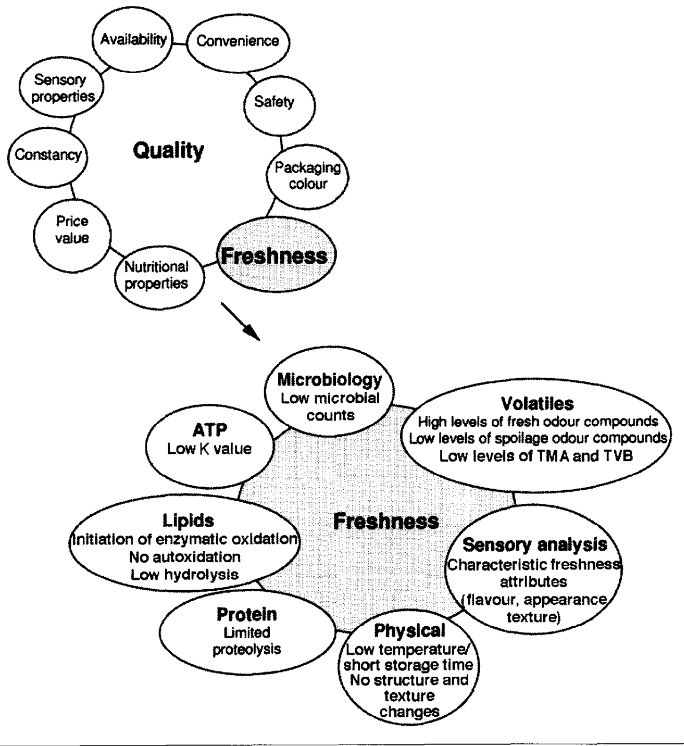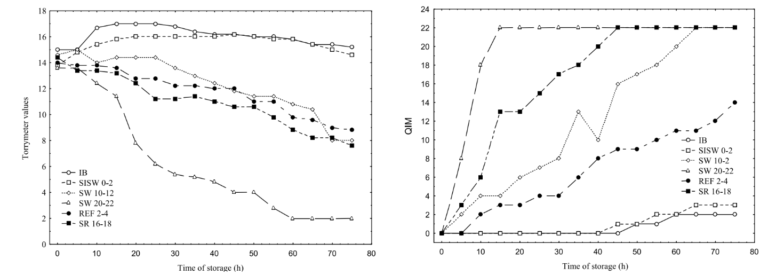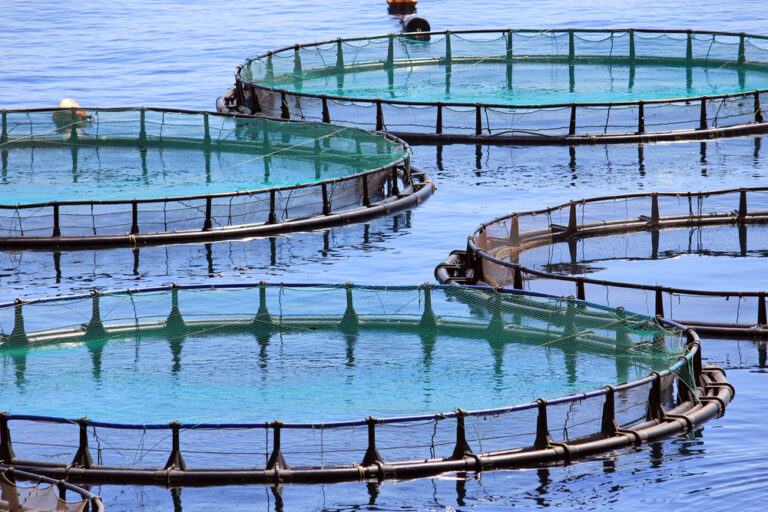Methods of Quality Assessment of Fish
| Title | Methods of Quality Assessment of Fish |
What the research is about
The increasing focus on food quality and safety among consumers has contributed to the growing demand for sensitive and rapid analytical technologies that can be used to evaluate the freshness and authenticity of fish and other seafood products.
Traditional physicochemical, textural, sensory, and electrical methods have been widely used for this purpose, with the ultimate goal of ensuring the quality of fish in order to maintain or improve profitability. By minimizing customer complaints and avoiding lost business, the use of these technologies can help to ensure that fish and seafood products are consistently of high quality. This is particularly important in today’s market, where consumers are becoming increasingly aware of the importance of purchasing high-quality, safe, and sustainable products.
Research conclusion
This research looks at different methods for analyzing the spoilage of fish based on its state. These methods include chemical, physical, microbiological, and sensory techniques. The best method for determining the quality of seafood should be inexpensive, easy to use, and able to be operated by people without scientific training. It should also be non-invasive, non-destructive, and able to measure freshness and spoilage from the time of catch or harvest until spoilage. It should work for all types and species of seafood. Quality assessment methods can be an effective tool for assessing the storage history and estimating the remaining shelf-life of fish.
By implementing a standardized method for evaluating the freshness of fish at all key stages of the supply chain, the industry can provide safe, high-quality, and health-promoting fish products that are valued by consumers. This is especially important in today’s market, where consumers are increasingly aware of the importance of purchasing safe, sustainable, and high-quality products. Collaboration between research institutes and industry is essential for developing new schemes for different handling, storage, and packaging conditions. This collaboration can help to ensure that the methods used to assess the quality of fish are efficient, reliable, and suitable for the needs of the industry.
Assurant Innovations take
The Torrymeter is a tool that is used to measure the freshness of fish and ensure its quality. It is considered a key indicator of fish freshness and is commonly used in the seafood industry to assess the quality of fish products. By measuring the level of volatile compounds in fish, the Torrymeter can provide information about the freshness of the fish and help to determine whether it is suitable for consumption. This can help to ensure that consumers are able to purchase high-quality, fresh fish products.

Fish Freshness Meter (Torrymeter)
To Purchase, call or email








